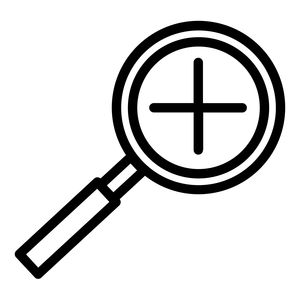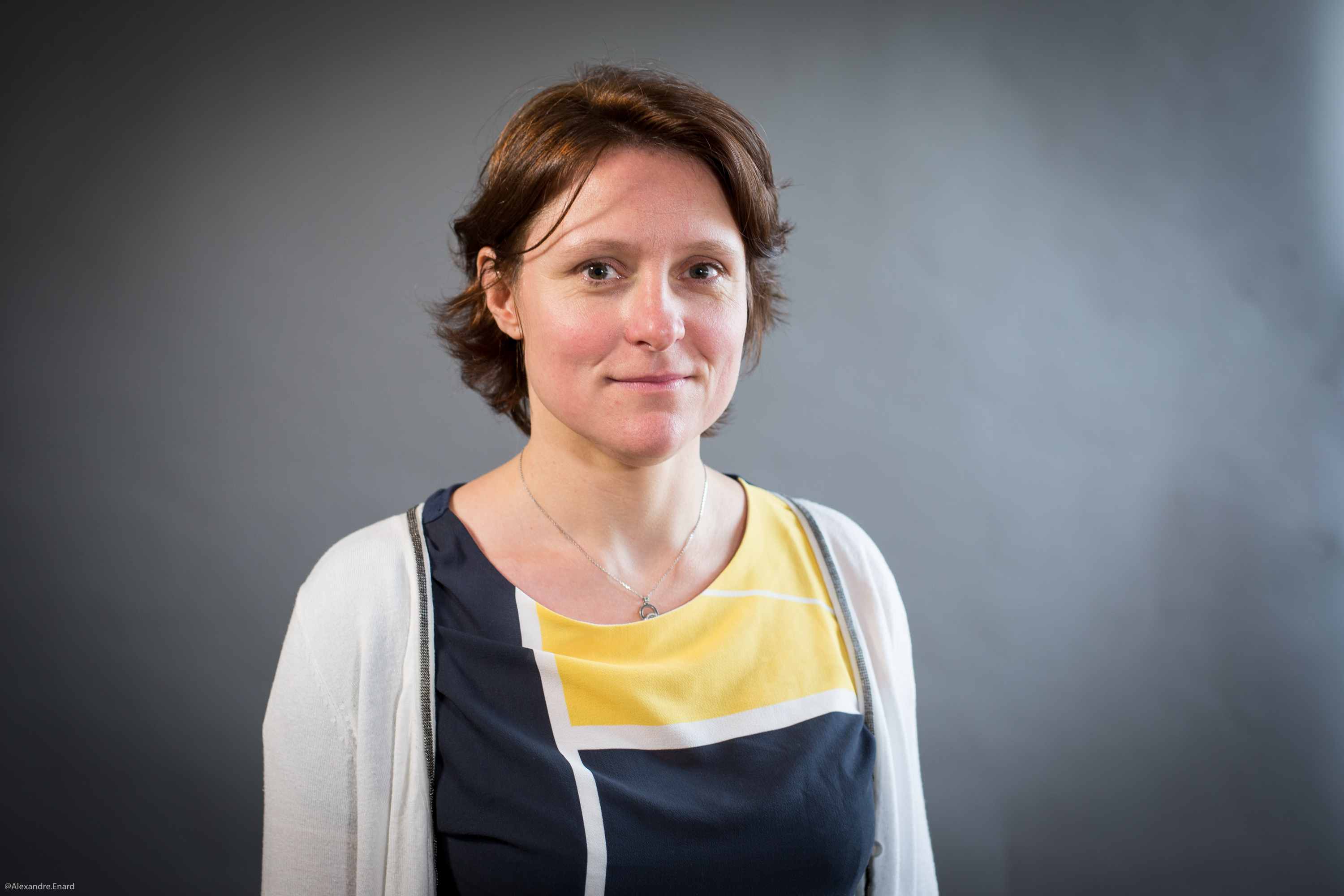Petros Elia was awarded an ERC grant for its research on wireless networks
To obtain a grant from the European Research Council is one of the ultimate goals for a scientist based in Europe. That’s exactly what Prof. Petros Elia, a reseacher at Eurecom, achieved last November. This makes a total of two ERC grants at Eurecom in two years.
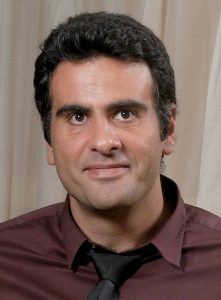
“No doubt, getting the ERC grant is a very important milestone in one’s career” says Petros Elia, Professor in Mobile Communications. The prestigious nature of this honor also reflects very well on Eurecom as a whole, and on the Communications Systems Department in particular which now boasts two ERC grants (Prof. David Gesbert received it in 2015). Petros admits that the ERC has the potential to bring about some changes and challenges: “It could change my day-to-day work since it could allow me to pursue more ambitious research goals and riskier funding endeavors.” Petros will also be involved in the recently created Eurecom committee specialized in ERC grants that helps scientists benefit from the experience of other scientists who already received such grants: “Of course, I’m very available to help Eurecom professors write their ERC proposals,” adds Petros Elia. The five-year grant he received represents €2 million, which is the maximum for “Consolidator grants”, the type of ERC Petros Elia applied for. It will help him develop DUALITY, his ground-breaking project that aims to revolutionize the way wireless networks are working.
DUALITY Project
For some, the explosion in the volumes of data may mean the end of wireless networks, but for Petros Elia, increased data storage capabilities could actually lead to major gains in data transmission rates in wireless networks. This shows how big and challenging DUALITY is. For some months, Petros has been feeling that “something exciting was coming up” in this area. He actually proved – in a specific setting (a broadcast channel) – there was some synergy between cache memory and feedback information theory. He now needs to prove it for all sorts of configurations. “Even without the ERC grant, I would be doing this type of research. I strongly believe that this approach can lead to something very new and powerful. It’s a very exciting area of research,” he adds. For him, DUALITY deals with concepts that will have an impact far beyond 5G. It is typically a high-risk/high-gain topic, which he nicely demonstrated in his ERC proposal. The big challenge of DUALITY is to lay the theoretical foundations of transforming memory into better data rates through wireless communications. In other words, that means creating a new theory. Nothing less. A theory that would reveal how, with a little feedback and a splash of smart caching of a small fraction of popular content, it would be possible to adequately handle the anticipated extreme increase in users and demand.
It is actually urgent to find solutions since “we are running out of available resources for transmitting signals over wireless networks – whose traffic is expected to increase by 10 in just 5 years,” Petros explains. And there is an unexplored synergy between two seemingly very different structural worlds: Feedback information theory and distributed storage.” Seemingly disconnected, both theories have severe limitations when used separately, especially in the presence of an increasing number of users. “But the mathematical convergence of them could lead to something powerful. Each method could build on the imperfections of the other.” Hence the name of the project, DUALITY, that says it all.
Petros Elia’s idea is to use distributed memory at some nodes of the network in a way that it absorbs structure from the data and converts it into structure for the network. This would reconstruct the structure of the network, yielding faster networks with less unwanted interferences. How would it work? The first step is to be able to predict probable interfering data streams so they can be cleverly placed in advance in some collective cache memory of subgroups of users. And then, when time comes, the system should be able to cleverly transmit the right signals/information to the right users. For example, the system would predict that shows like “The Big Bang Theory” or “The Man in the High Castle” could be downloaded on Wednesday. So, the day before, it would store some of these in specific places across the wireless network, so it – with a single common transmission! – can deliver different series to different people; the key is to create interferences on purpose! It is easy to understand that multiple users and multiple data make the whole process a lot more complicated and interesting. The basics of the new theory imagined by Petros can be summarized in three words: maths, maths and maths – Feedback information theory, Coding theory and Algebraic combinatorics… These are the main tools that will help Eurecom scientists find how and where to place memory across the network, so that restructuring phenomena can happen.
Scientific and technological impacts
Getting to this result will obviously take a few years and some major milestones have to be reached in the research process. First, fundamental limits of memory-aided wireless communications will be explored so that the relationship between feedback information and storage-capacity can be better understood. This will lead to the design of specific algorithms that will focus, for example, on “feedback-boosted coded caching” or memory-aided interference alignment. A third important step will be about the use of memory to simplify the structure of wireless networks; it turns out that a bit of feedback-aided caching can fundamentally alter the structure of the network into something much simpler. All these results will then be able to lead to a unified theory stating how memory can be converted into throughput in the case of very large networks such as ultra-high frequency networks, optical networks or the cloud. Finally, “all this will be validated with a series of wireless testbed experiments”, explains Petros, “either on the OpenAirInterface simulator – the EURECOM wireless technology platform – or with the help of companies like a German start-up that has the right receivers and base stations to perform the experiments”. The results of these experiments will hopefully show if a novel class of algorithms placed directly on mobile devices, can efficiently manage memory and feedback, in order to boost network performance.
According to Petros, it is possible that in 5-6 years from now, memory-aided algorithms will guarantee ultra-fast massive downloads, no matter how the network load increases. Actually, the more storage we will have, the better wireless networks will work! Increasing storage capacities could even mean endless resources for wireless networks, making us gradually enter a new period of the wireless history: the “Eldorado of Memory” as Petros Elia likes to call it. Future wireless standards will then have to take this entirely new paradigm into account.
Learn more about ERC Grants



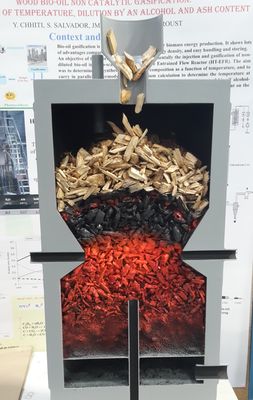 Now, the time has come to apply this research. The researcher and his team are therefore working to develop the VALTHERA platform (in French: VALorisation THErmique des Résidus de transformation des Agro-ressources, the Thermal Recovery of Processing Residues from Agro-Resources). This platform is aimed at developing various processes for thermal waste recovery in partnership with industrial stakeholders (see box). In particular, Javier Escudero and his colleagues at the
Now, the time has come to apply this research. The researcher and his team are therefore working to develop the VALTHERA platform (in French: VALorisation THErmique des Résidus de transformation des Agro-ressources, the Thermal Recovery of Processing Residues from Agro-Resources). This platform is aimed at developing various processes for thermal waste recovery in partnership with industrial stakeholders (see box). In particular, Javier Escudero and his colleagues at the 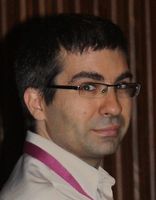
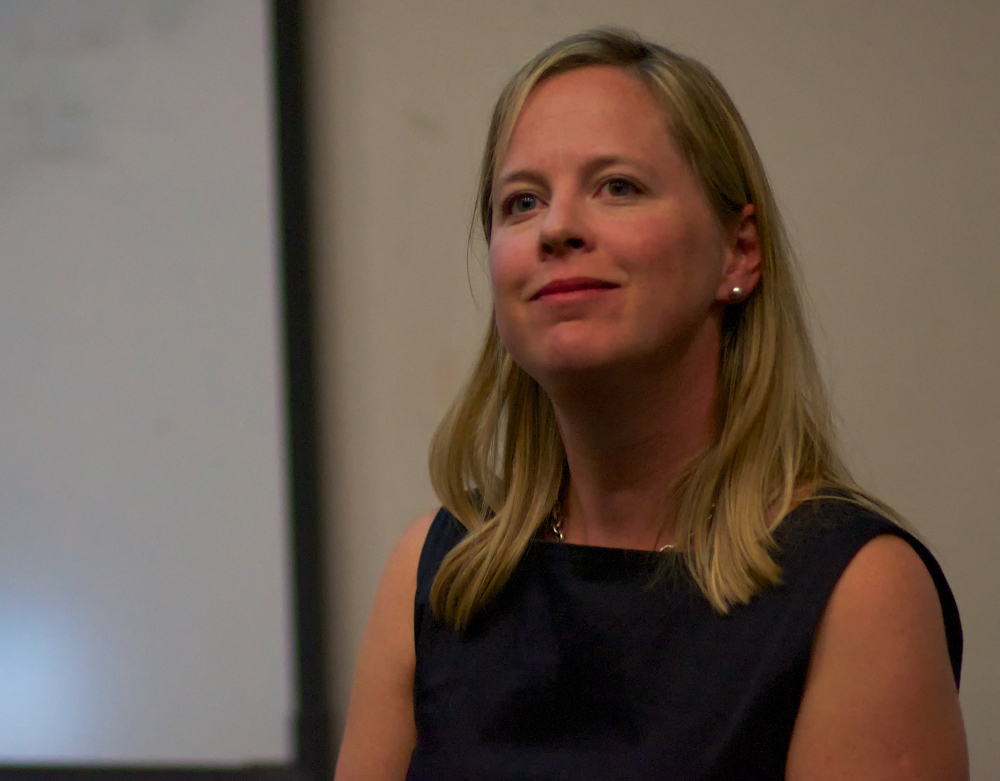
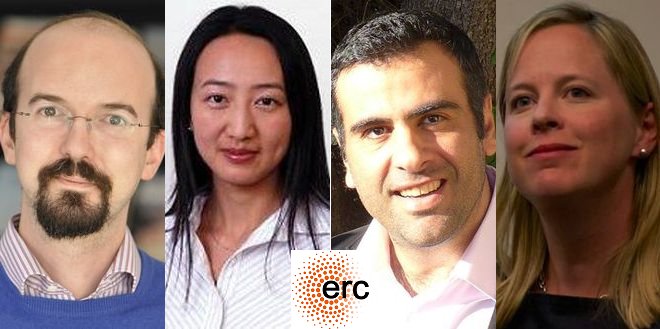
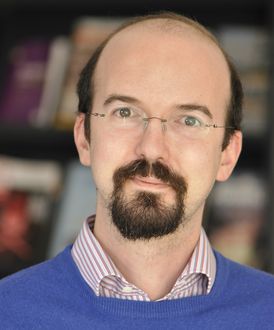 After Claude Berrou in 2012, Francesco Andriulli is the second IMT Atlantique researcher to be honored by Europe as part of the ERC program. He will receive a grant of €2 million over five years, enabling him to develop his work in the field of computational electromagnetism.
After Claude Berrou in 2012, Francesco Andriulli is the second IMT Atlantique researcher to be honored by Europe as part of the ERC program. He will receive a grant of €2 million over five years, enabling him to develop his work in the field of computational electromagnetism. 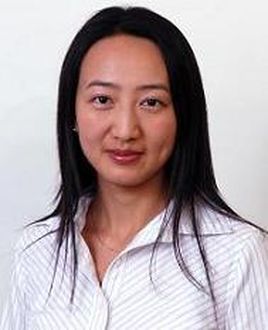 Yanlei Diao, a world-class scientist, recruited jointly by École Polytechnique, the Inria Saclay – Île-de-France Centre and Télécom ParisTech, has been honored for scientific excellence for her project as well as her innovative vision in terms of “acceleration and optimization of analytical computing for big data”. [/box][/one_half_last]
Yanlei Diao, a world-class scientist, recruited jointly by École Polytechnique, the Inria Saclay – Île-de-France Centre and Télécom ParisTech, has been honored for scientific excellence for her project as well as her innovative vision in terms of “acceleration and optimization of analytical computing for big data”. [/box][/one_half_last]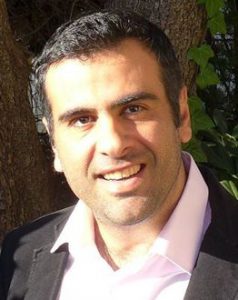 Petros Elia is a professor of Telecommunications at Eurecom and has been awarded this ERC Consolidator Grant for his DUALITY project (Theoretical Foundations of Memory Micro-Insertions in Wireless Communications).
Petros Elia is a professor of Telecommunications at Eurecom and has been awarded this ERC Consolidator Grant for his DUALITY project (Theoretical Foundations of Memory Micro-Insertions in Wireless Communications).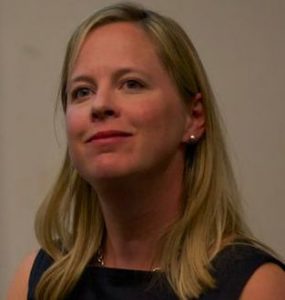 This marks the third time that Roisin Owens, a Mines Saint-Étienne researcher specialized in bioelectronics, has been rewarded by the ERC for the quality of her projects. She received a Starting Grant in 2011 followed by a Proof of Concept Grant in 2014.
This marks the third time that Roisin Owens, a Mines Saint-Étienne researcher specialized in bioelectronics, has been rewarded by the ERC for the quality of her projects. She received a Starting Grant in 2011 followed by a Proof of Concept Grant in 2014.


